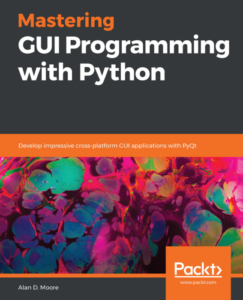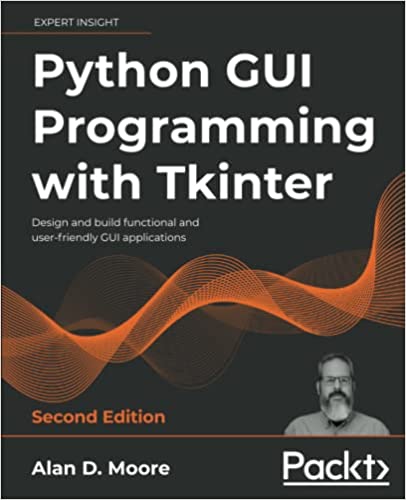By now, we have established a vocabulary with which we can discuss distributions and their strengths and weaknesses, and thus understand the best uses for them given our needs and resources. So in this article, I’ll talk about some actual “fully lightweight” distributions (for those who didn’t read the last article, “fully lightweight” refers to distros that are built from the ground-up to be small and fast. It doesn’t include lightweight remixes or spinoffs of other distros).
Another item of interest…
For those following the “Revive your old PC with Linux series”, there’s a nice little write-up at “make tech easier” called How to Build a Lightweight Linux for your Low-End Laptop.
It doesn’t go into a lot of detail, but later in my series I plan to get into building a lightweight remix from the ground (well, base-system) up, so this is in a similar vein.
Possibly of interest…
For those following the “Revive your old PC with Linux” series, this post over at Ostatic might be of interest: A Windows User’s Guide to Getting Started with Linux.
Not a lot of meat in the article itself, but it links to several good resources for those new to the field.
Reviving your old PC with Linux, Part III: Understanding Linux distributions
Now that your hardware is reasonably in order, and you understand the potential issues involved there, it’s time to look at the software side of things. You want to run some kind of Linux distribution on your system, but you don’t know which one to pick.
This is the point at which a lot of people would just lob a lot of funny-sounding distro names at you and expect you to check them all out and blindly try them all. Well, I’ll eventually get to lobbing those names out; but first, let’s to try to understand “lightweight Linux” — and Linux distributions in general — in a theoretical way. (more…)
Reviving your old PC with Linux, Part II: Hardware Compatibility and Prep
Welcome to part II of this series on “Reviving your old computer with Linux”.
In the last article, we classified your computer’s hardware broadly by age or processor type, but there is a lot more to Linux compatibility, performance, and suitability for different tasks than just age or processor speed. So this time, we’ll go over the major hardware components in a computer and what kind of problems you might encounter with them on Linux; as well as some general notes about preparing older hardware for an OS refit.
Reviving your old PC with Linux, Part I: Defining Expectations
This is part one of a series on making your aging, dusty — or just unused — computer useful again with some help from Linux and Free/Open Source software.
Linux has quite a reputation for rescuing old hardware from obsolescence; while this is not entirely undeserved, there’s more to it than just popping the latest Ubuntu release into that antique DOS box in your attic. An operating system is commonly called “Linux” if it’s built on the Linux kernel, but that says nothing about the software stacked on top of the kernel (which is most of the actual system). For some of these operating systems, that software is lightweight and small; for others, it’s heavy and resource-consuming. Finding a version (we call them “distributions”, or just “distros” for short) that will work well with your hardware, and work well for your purposes, is the key to successfully bringing that old PC back to life.
So what distribution should I use?
If you ask the question, “What Linux distribution should I install on my old PC?” on a typical Linux forum, you’ll likely be bombarded with a roll-call of distribution names (most of them fairly obscure); usually without respect to your needs or the hardware in question. While you could just download and try them all, a more educated approach will probably save you a lot of time (and blank CD-Rs!). So rather than take that same mistaken approach, we’re going to start by analyzing the question in more detail.

